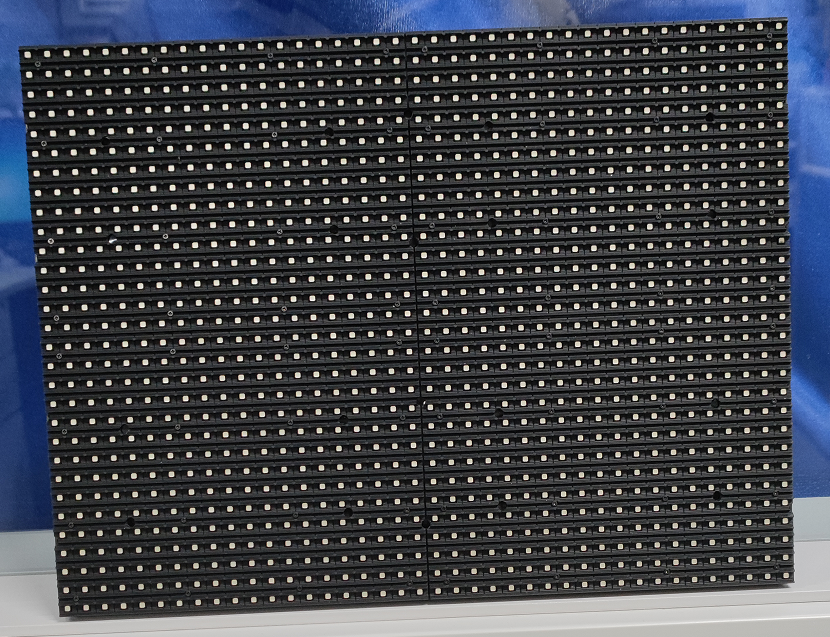In the field of LED display screens, black LEDs and white LEDs each have unique advantages and application scenarios. These two types of LED displays differ in terms of color rendering, brightness, viewing angles, and environmental suitability. This article will compare black and white LED displays across various dimensions to help you better understand their differences and respective advantages.
LEDs are constructed from plastic brackets and light-emitting chips. In the early days of LED technology, the light-emitting chips were relatively low in brightness. To enhance their luminosity, engineers designed white bowls (white LEDs) from plastic to improve focal reflection, allowing low-brightness chips to achieve a brighter effect. White LED displays primarily use DIP packaging technology, featuring larger beads with more pins, while white LED displays typically employ SMD packaging, resulting in smaller beads that align well with the PCB board. However, white LEDs have their drawbacks: when displaying black or gray colors, the light-emitting diodes (in white) also participate in the color display on the screen, leading to color distortion (making it impossible to accurately display black, gray, deep green, etc.)

Black LED displays are made using black LEDs paired with packaged plastic brackets. Earlier, LED displays were mainly utilized for advertising purposes. Given the longer viewing distances, higher brightness was necessary, often at the expense of color accuracy. However, as LED technology has advanced, achieving higher brightness with high-density, small-pitch LED displays has become more feasible. It is no longer necessary for the LEDs to be white to produce satisfactory results. To meet the growing demand for image realism and enhance the contrast of LED displays, black LEDs are becoming increasingly popular.
Differences Between Black LEDs and White LEDs
The contrast ratio of black LED displays is 10,000:1, whereas that of white LEDs is only 3,000:1. This makes black LED displays capable of effectively presenting pure black colors, a feature not fully achievable by white LED displays. Black LEDs can deliver high image fidelity when displaying black or gray, significantly improving the contrast of the LED screen. In contrast, white LEDs tend to exhibit distortion when displaying the same colors.
Regarding energy consumption, when applied to full-color displays, both have similar power usage: black LEDs consume approximately 350W/㎡, while white LEDs consume about 380W/㎡. However, when displaying black or white images, there is a noticeable difference in energy consumption. Black LED displays can achieve black or gray effects with lower power consumption, resulting in superior performance when displaying black images.
Black LED displays also demonstrate better stability compared to white LED displays. This is because black LED displays do not require additional processing to express black or gray, which reduces strain on the LED chips and thus enhances stability and lifespan.
From the above comparison, it is clear that white LED displays may fall short in certain functionalities when compared to black LED displays. However, in terms of cost, black LED displays tend to be more expensive, while white LEDs offer a strong price advantage. Customers can choose to purchase either black or white displays based on their specific needs. As consumer demand for improved display effects continues to rise, coupled with ongoing technological advancements and the outdoor advertising market's emphasis on light environments and energy conservation, black LED displays, known for their higher realism and energy efficiency, are set to become mainstream.